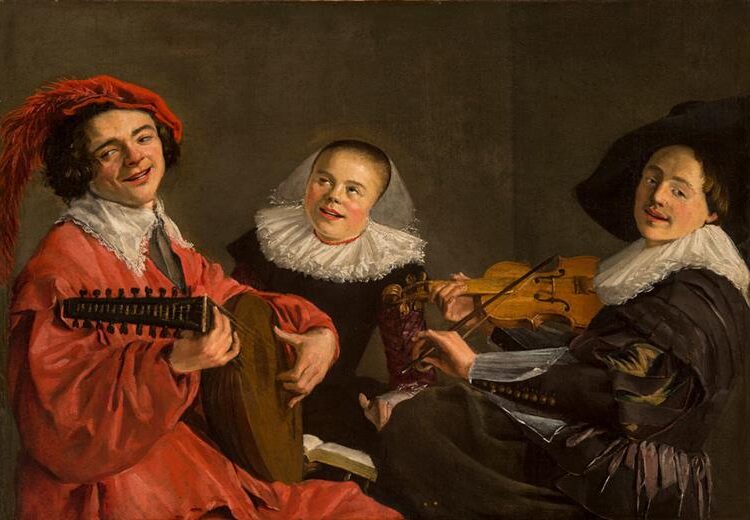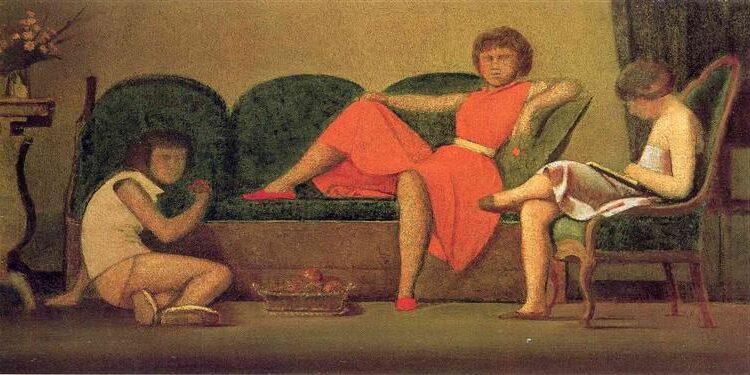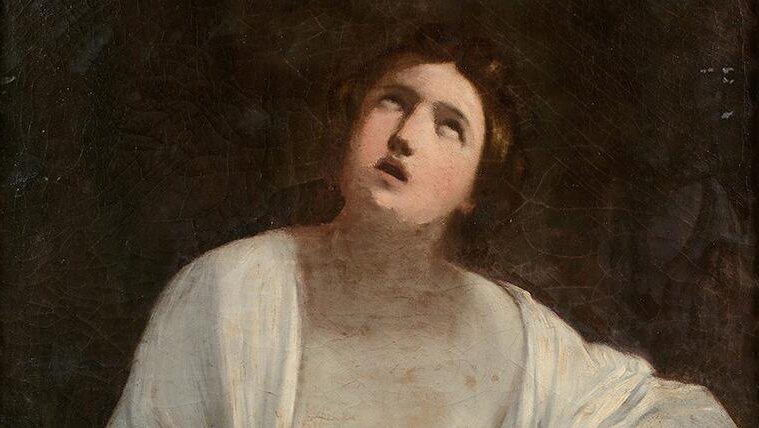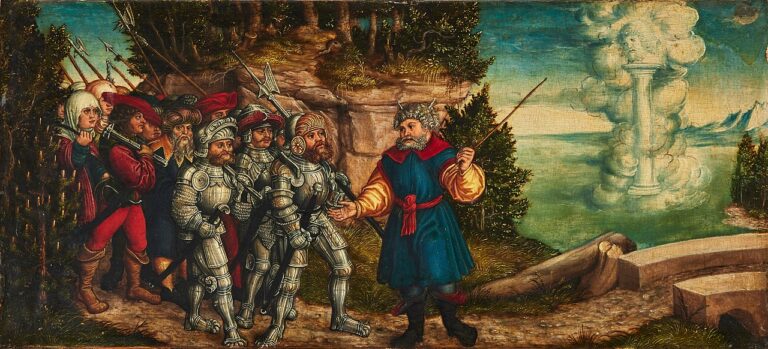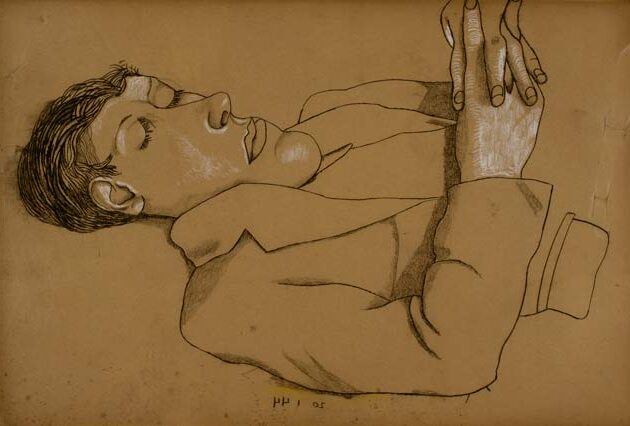Judith Leyster Paintings: Exploring the Legacy of a Dutch Master
Born: 28 July 1609, Haarlem, Dutch Republic
Death: 10 February 1660, Heemstede, Dutch Republic
Art Movement: Dutch Golden Age
Nationality: Dutch
Influenced By: Frans Hals and Caravaggio
Institution: Haarlem Guild of St. Luke
Judith Leyster Paintings: Exploring the Legacy of a Dutch Master
Life and Career of Judith Leyster
Judith Leyster was a noteworthy Dutch Golden Age painter known for her genre works, portraits, and still lifes. Her vibrant paintings offered a unique perspective in a period when female artists were rare.
Biographical Overview
Judith Jans Leyster was born in July 1609 in Haarlem, a city in the Netherlands. Although details about her early life are scarce, she became one of the few known female artists of her era. Her talent emerged during a time when women artists faced significant barriers.
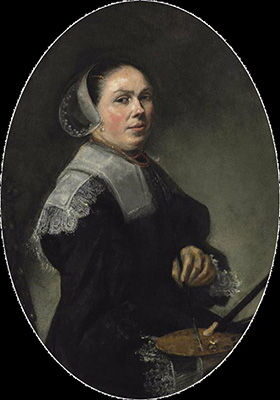
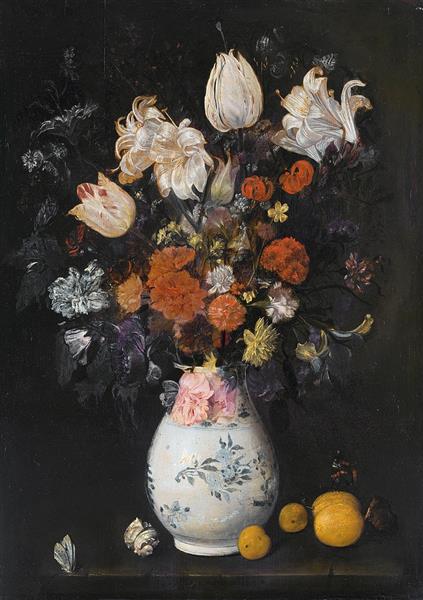
She lived during a vibrant artistic period and bravely pursued her passion for painting despite societal norms.
In 1636, she married Jan Miense Molenaer, a fellow painter. Together, they collaborated on many artistic projects. Leyster passed away on February 10, 1660. Despite her initial obscurity after her death, her works were eventually recognized as significant contributions to art history.
Haarlem and Artistic Development
Haarlem was a thriving artistic hub during Leyster’s lifetime. This environment nurtured her talent and allowed her to connect with other artists.
Her style was influenced by the Dutch Golden Age’s focus on realism and detail. She is noted for her lively scenes and use of light, which was similar to the Utrecht Caravaggisti.
Leyster was admitted to the Haarlem Guild of St. Luke in 1633, demonstrating her respect and recognition within the artistic community. Her association with the guild supported her career and allowed her to accept students, showcasing her skill and reputation.
While her works were often misattributed to Frans Hals, they later gained recognition for their unique contributions.
Collaborations and Peers
Judith Leyster’s husband, Jan Miense Molenaer, played a vital role in her artistic career. Their partnership was both personal and professional.

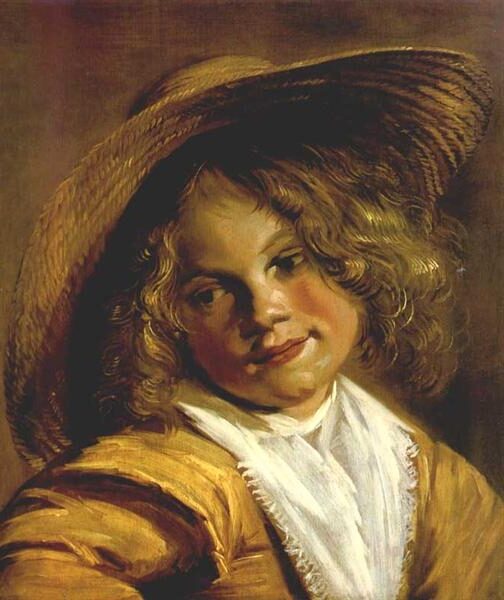
Together, they explored various genre scenes popular during their time. Their combined efforts likely influenced their individual styles.
Leyster was also contemporaries with Frans Hals and Samuel Ampzing. While Hals was a significant influence, she developed a personal style marked by dynamic compositions and expressive figures.
Her association with these artists expanded her exposure and allowed her to engage with progressive artistic techniques that became hallmarks of her celebrated works.
Stylistic Elements and Iconography
Judith Leyster, a prominent Dutch painter, uniquely blended artistic styles and symbolism in her art. Her work offers significant insights into her use of monogram, treatment of genre paintings, and self-portraiture.
Use of Monogram and Symbolism
Leyster often used her distinctive monogram, JL*, to sign her paintings. This monogram not only served as a signature but also emphasized her identity as an artist.

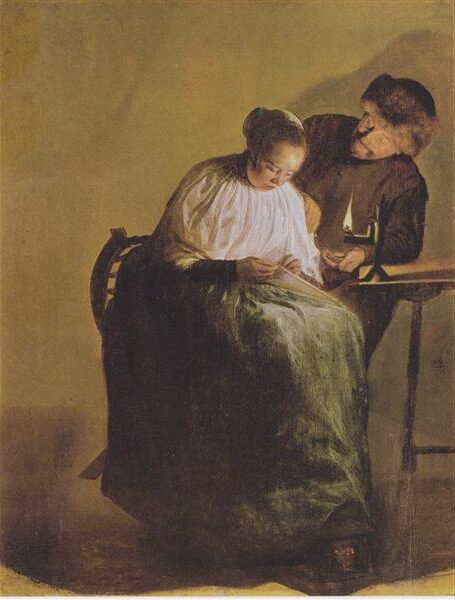
Her works frequently include symbolic elements that convey deeper meanings, such as musical instruments or everyday objects, which reflect the social and cultural contexts of her time.
The monogram also helped establish her presence in a male-dominated art world, asserting her professional status and personal brand.
Genre Paintings and Subjects
Judith Leyster excelled in genre paintings that depicted vibrant scenes from everyday life. These works often featured tavern settings, musicians, and domestic activities, capturing the lively and informal aspects of 17th-century Dutch life.
Her ability to portray such scenes with vivid realism showcases her keen observation skills. The subjects in her paintings were often infused with humor and warmth, bridging the gap between fine art and popular culture while making art accessible and engaging.
Portraiture and Self-Representation
Leyster’s self-portraits reflect her confidence and self-awareness as an artist. In her famous Self-Portrait from 1633, she depicted herself at an easel, directly engaging with the viewer with a lively expression. This painting exemplifies her skill in creating a friendly and strong visual narrative.
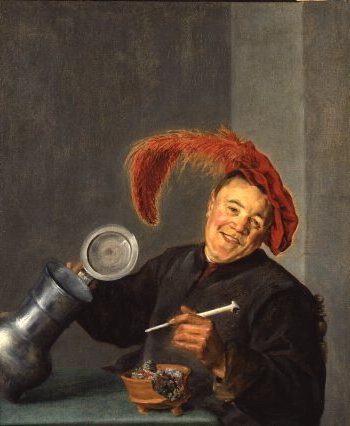

By portraying herself in the act of painting, she publicly demonstrated her abilities and challenged gender roles of the time. Her portraits are not only technical achievements but also statements of her artistic identity.
Notable Works
Judith Leyster, a significant figure of the Dutch Golden Age, is known for her genre paintings, portraits, and still lifes. Her mastery is evident in works that capture everyday scenes with lively expressions and attention to detail.
Key Paintings and Descriptions
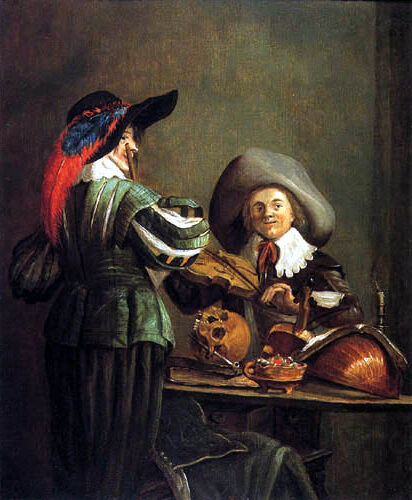

The Concert features three musicians engrossed in their performance, exhibited through expressive faces and precise details. Merry Trio highlights social interaction, capturing the joyful essence of a small group. Carousing Couple presents a touch of humor in domestic settings, while A Game of Cards depicts strategic engagement. The Proposition stands out for exploring themes of morality and choices, set against a dimly lit backdrop. Her self-portrait further demonstrates her skill, with detailed clothing and confident expression.
Leyster’s Themes
Leyster’s works frequently explore musical themes, portraying subjects engaged in performances, as in The Concert or Young Flute Player. Everyday life and domestic scenes appear prominently, often with a lighthearted or pensive approach, exemplified in Merry Trio and Carousing Couple. Gender roles and moral lessons, as seen in The Proposition, reflect the cultural and social dynamics of her time. These themes make her body of work relatable and thought-provoking.
Comparative Analysis
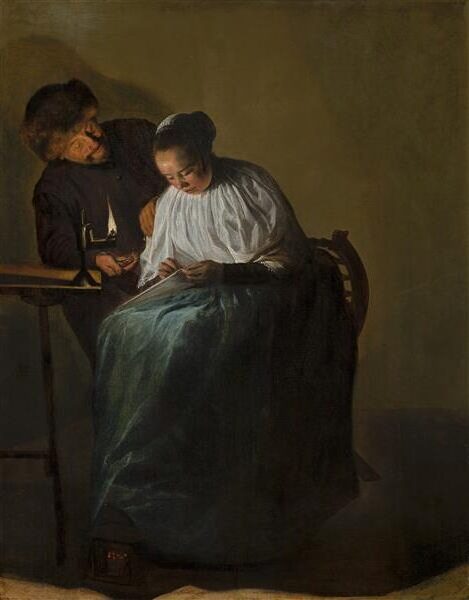

Her painting style is often compared to her contemporaries like Frans Hals. A Young Lady Holding a Lute resembles works by Hals in its brushwork and vibrant character portrayal. Yet, her paintings such as Boy Playing the Flute exhibit a unique sensitivity and detail. Lute Player, once mistaken for Hals’ work, now is rightfully acknowledged as Leyster’s, highlighting her capability and artistic skill. She managed to carve a niche, offering a distinctive voice within the Dutch art scene.
Leyster’s Impact and Legacy
Judith Leyster played a crucial role in the art world, especially as a woman in the Dutch Republic. Her significance lies in her rediscovery, influence on women artists, and presence in major art collections today. Each aspect of her legacy highlights her impact and the importance of her contributions to the arts.
Recognition and Rediscovery
Leyster’s work remained largely forgotten until the late 19th century when her paintings were initially misattributed to Frans Hals. It wasn’t until the 20th century that feminist art historians revisited her work, advocating for greater recognition of women artists’ contributions.
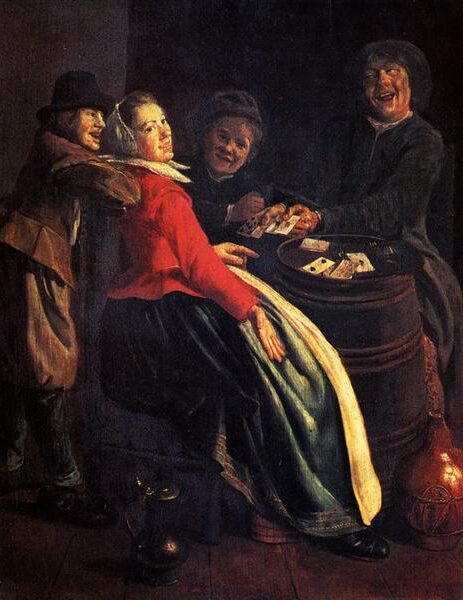
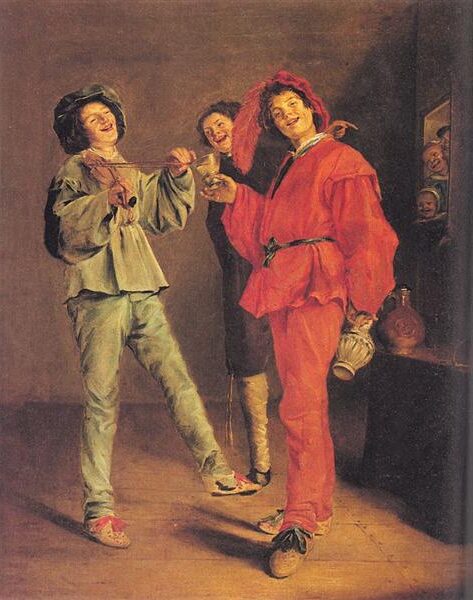
In the 1970s, the growing interest in her work fueled a reevaluation of art history’s gender biases, leading to her recognition as a significant figure of the Dutch Golden Age. Institutions began to credit her properly, correcting past misattributions.
Her rediscovered skill and style underline the persistent gender challenges in art recognition, pointing to a broader reevaluation of the contributions of women artists throughout history.
Influence on Women Artists
As a successful 17th-century woman artist, Leyster serves as an inspiring figure for many contemporary female artists. Despite limited opportunities, she gained membership in the prestigious Haarlem Guild of St. Luke, where she established a thriving career.
Leyster’s ability to achieve commercial success in a male-dominated field demonstrates the historic possibilities for women who were often sidelined. Her story reminds female artists today of past achievements and the potential for women to break barriers in various artistic domains.
This legacy motivates ongoing dialogues about gender equality and encourages the empowerment of women in the arts.
Legacy in Art Collections
Leyster’s paintings now hold places of honor in major institutions like the National Gallery of Art. These exhibits help solidify her reputation while making her art accessible to the public.
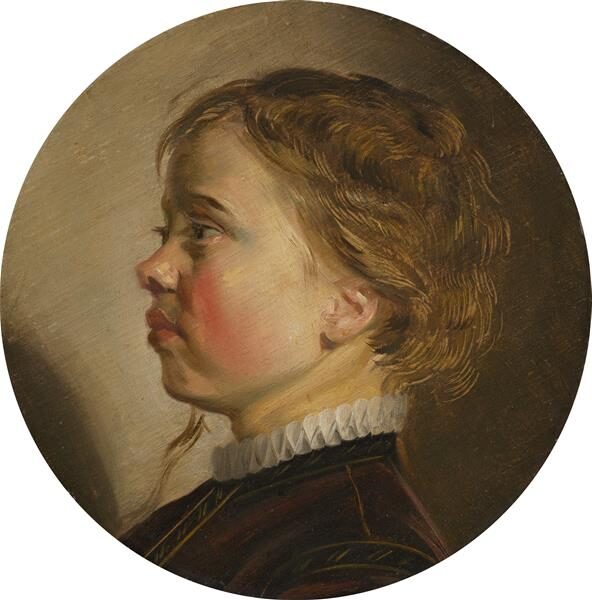

Her canvases, characterized by lively scenes and skilled technique, reflect her mastery of Dutch genre painting. The presence of her work in art collections worldwide underscores her influence and the crucial reassessment of women in the art historical narrative.
By reshaping how art history sees female artists, Leyster’s inclusion in prestigious collections ensures her contributions will not be overlooked again.
Frequently Asked Questions
Judith Leyster was a prominent figure in the Dutch Golden Age, known for her genre paintings and portraits. Her contributions to art and her place in history are notable, as are her distinctive painting styles and the continuing intrigue around her life and work.
What significance does Judith Leyster hold in art history?
Judith Leyster was one of the few recognized female painters of the Dutch Baroque era. She was among the first women to join the Haarlem Guild of Saint Luke, marking a significant achievement in art history.
How did Judith Leyster contribute to the world of art?
Leyster’s works included portraits, genre paintings, and still lifes. She had a broad range of subjects, rare in her time, and her depiction of domestic scenes helped lay the groundwork for future genre painters.
What can be discerned from Judith Leyster’s self-portraits?
Her self-portraits reveal her confidence and skill as an artist. They often showcase her ability to capture light and expression, highlighting a cheerful and vibrant personality.
What are some identifying features of Judith Leyster’s paintings?
Judith Leyster’s paintings are known for their use of bright colors and dynamic compositions. The lively expressions and sophisticated handling of light and shadow distinguish her work.
How did Judith Leyster influence the art scene during her time?
By training students and achieving recognition in a male-dominated field, Leyster opened doors for future female artists. Her work demonstrated that women could excel in art, encouraging others to follow suit.
What aspects of Judith Leyster’s life and works remain subjects of historical interest?
Much interest surrounds her career after marriage and the reason for her reduced artistic output. Her life and works continue to be studied for insights into the challenges and achievements of women artists in the 17th century.

